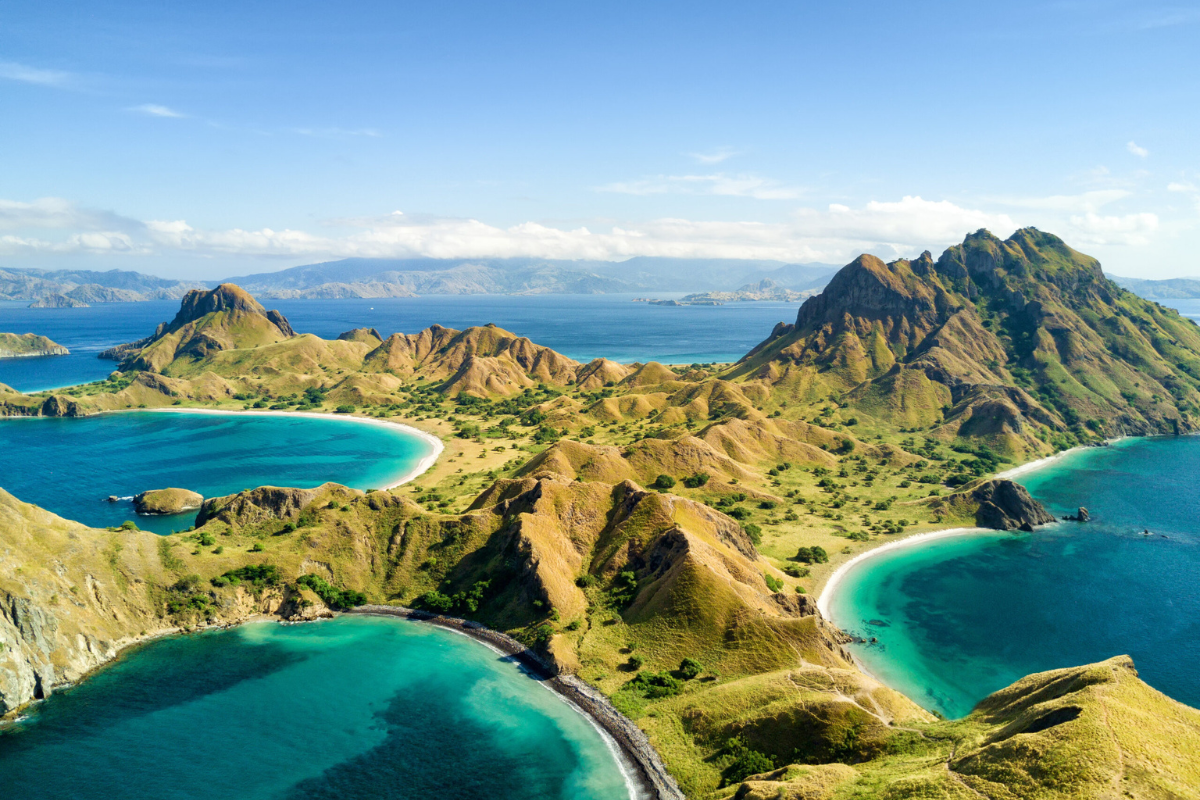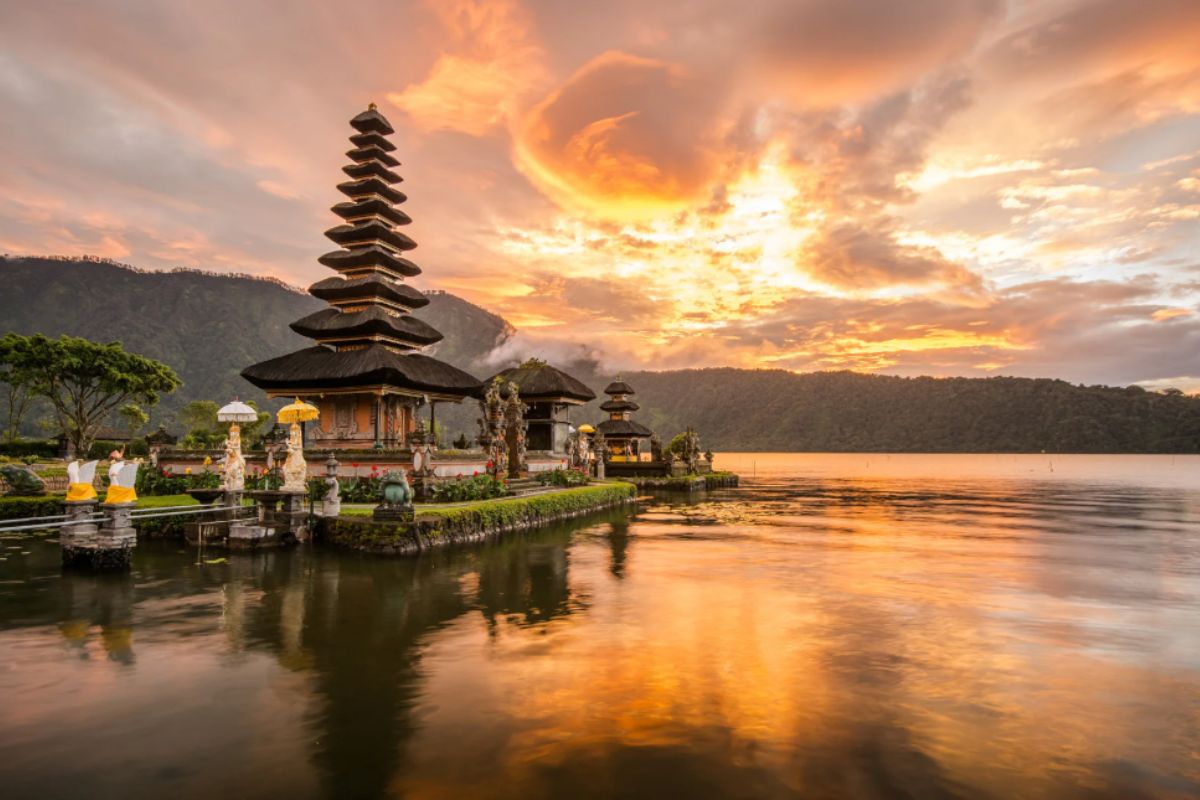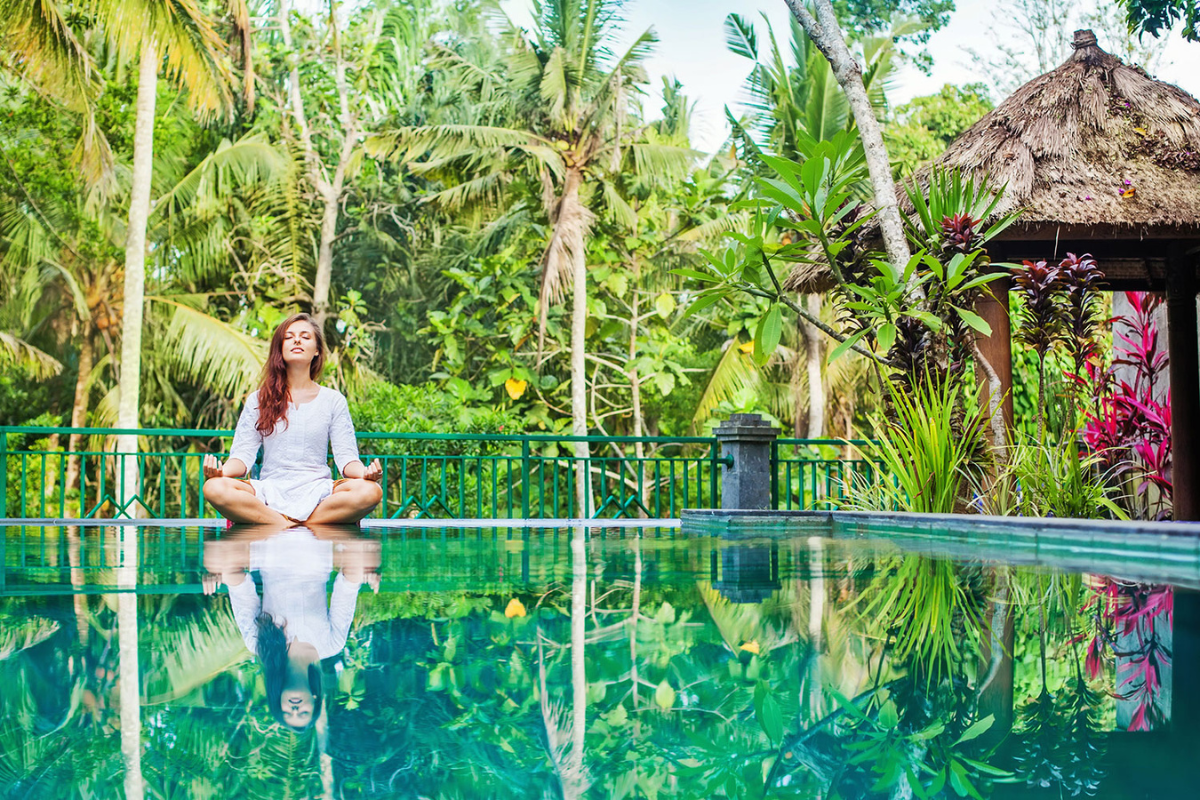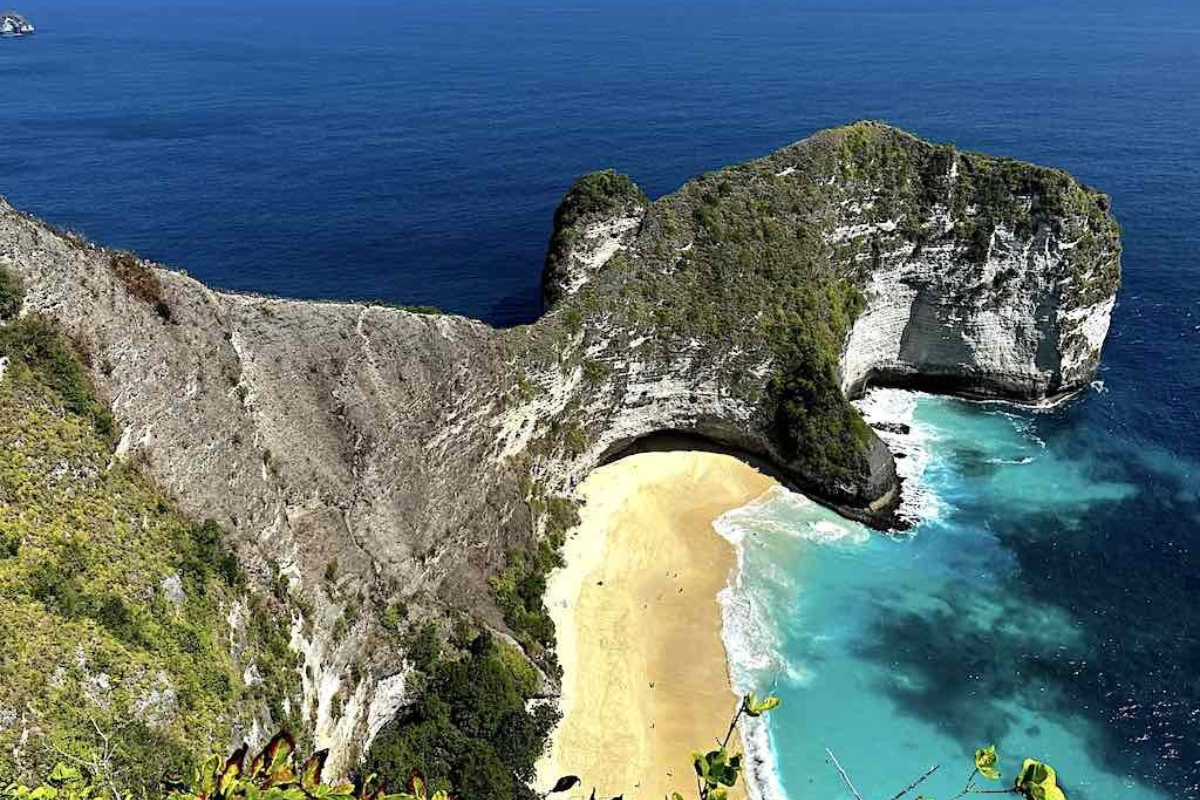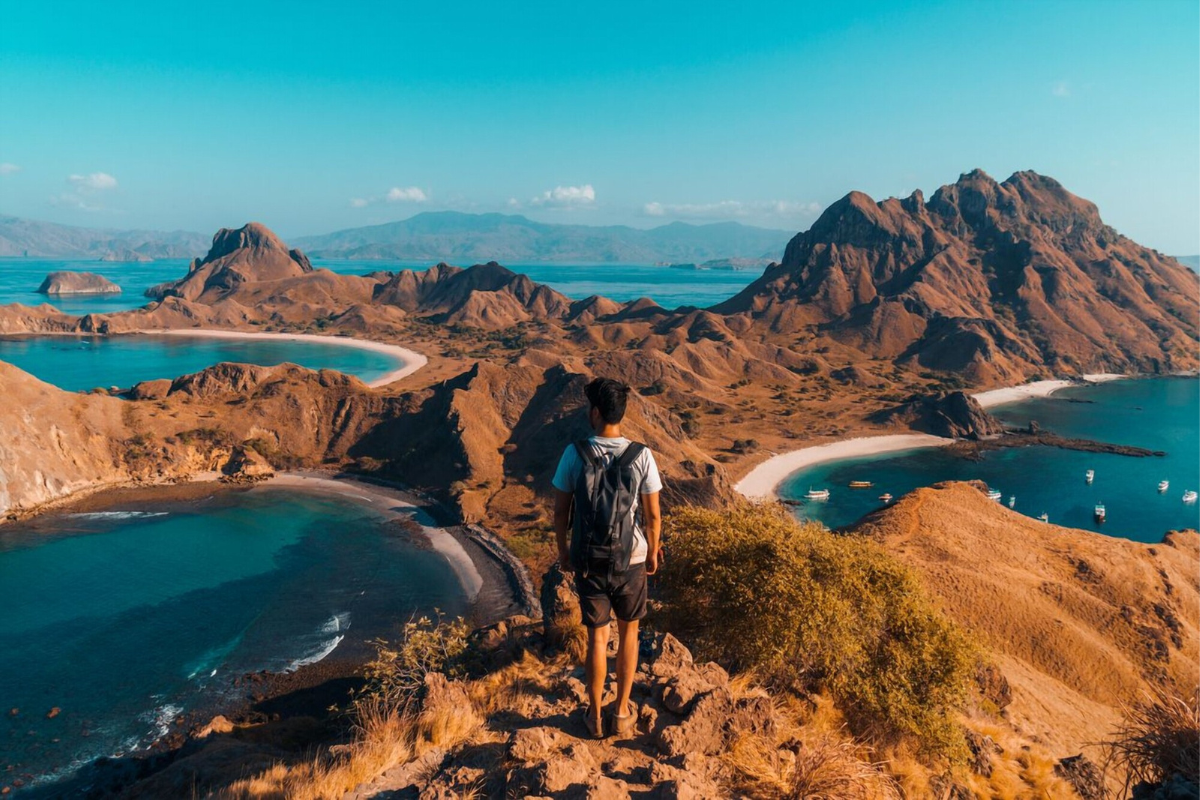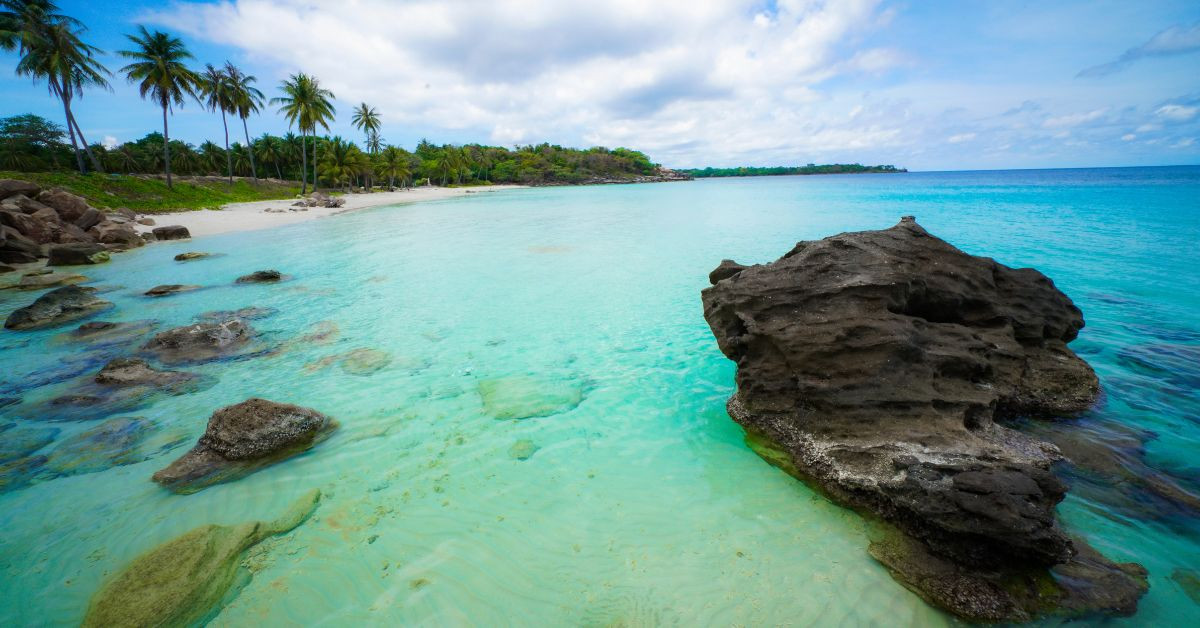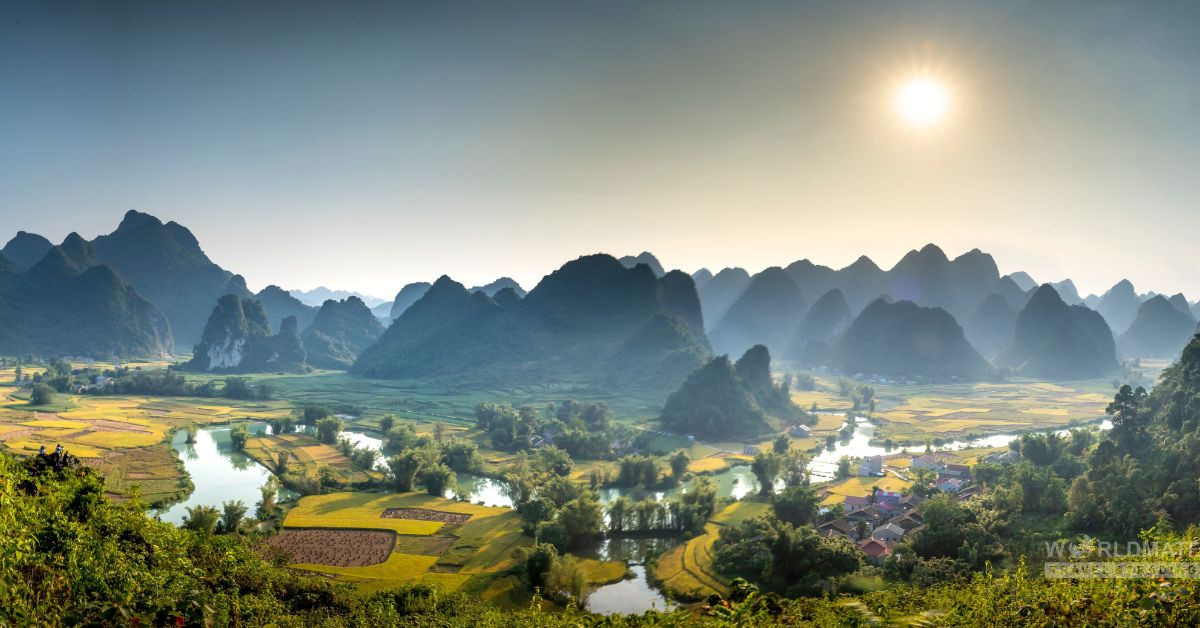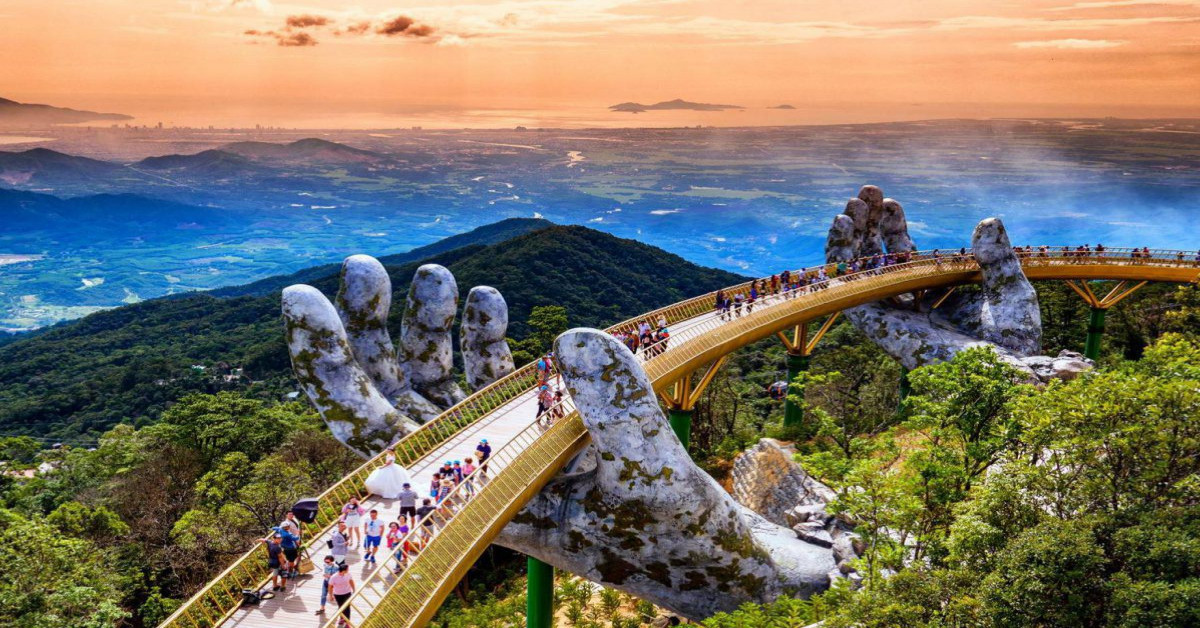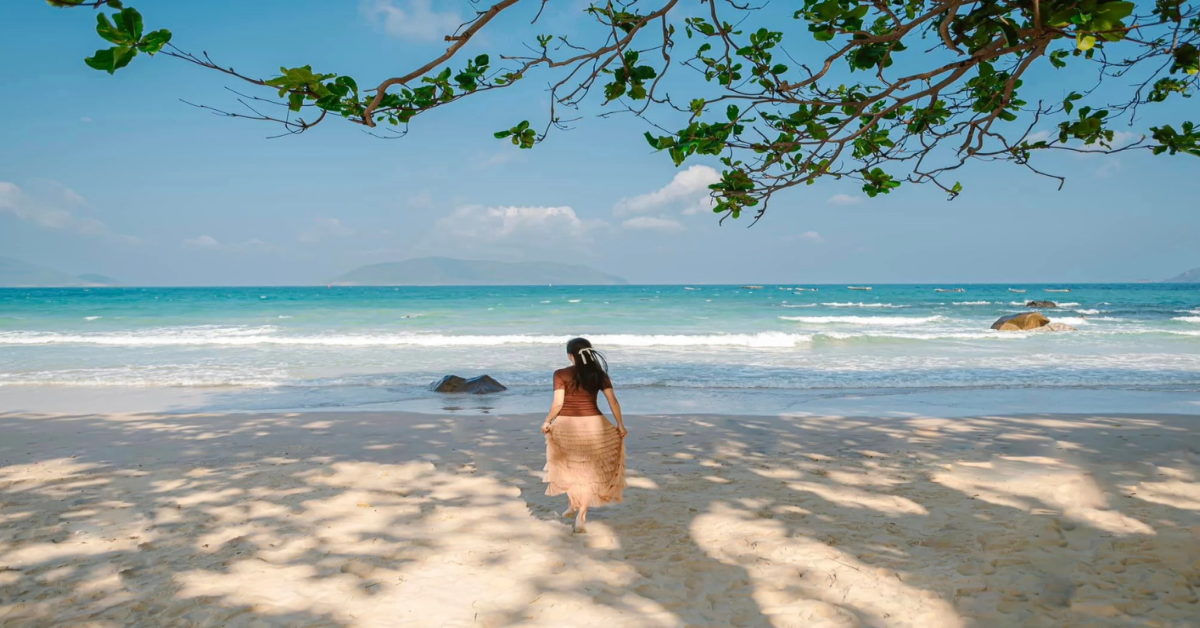The Perfect Time to Explore Bali
Bali is one of the world’s most beautiful and captivating destinations. While there’s never a bad time to visit, certain months might offer a better experience based on the seasons, weather, budget, and personal preferences.
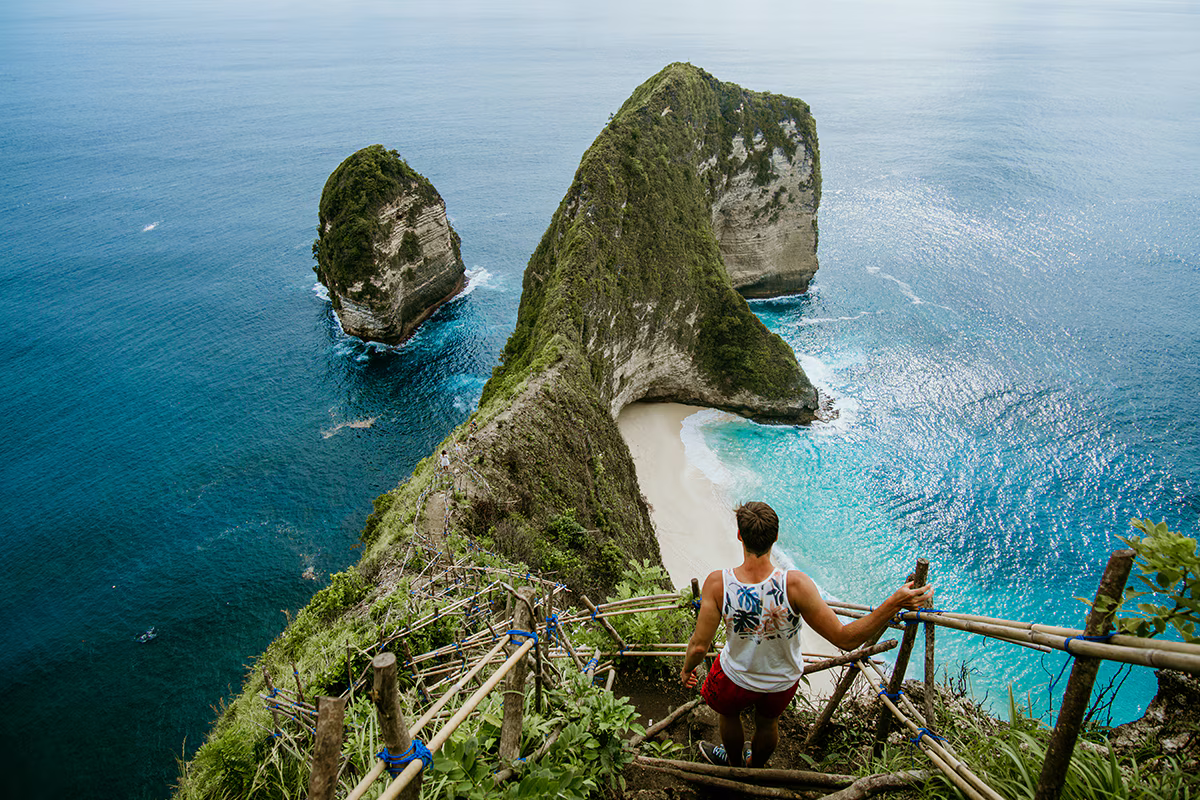
Most tourists prefer Bali’s dry season for long, sunny days at the beach. However, the rainy season also has its perks: lower prices, misty rice paddies, and surging waterfalls.
Ready to make your dream of visiting this cherished Indonesian destination a reality? Let our guide to the best time to visit Bali help you choose the perfect dates.
Best Time to Go to Bali
The best time to visit Bali is during the dry season, from April through October. This period offers ideal weather for enjoying Bali’s stunning beaches and outdoor adventures like hiking Mount Batur and cliff jumping.
Bali’s average temperature ranges between 25 and 30 degrees Celsius year-round. During the dry season, expect beautiful beach weather with daily temperatures in the high 20s.
April through October is also the least humid time of year in Bali. While you can expect plenty of sunshine, occasional showers may occur, adding a lush, tropical feel to the landscape. It’s wise to pack an umbrella and rain jacket just in case.
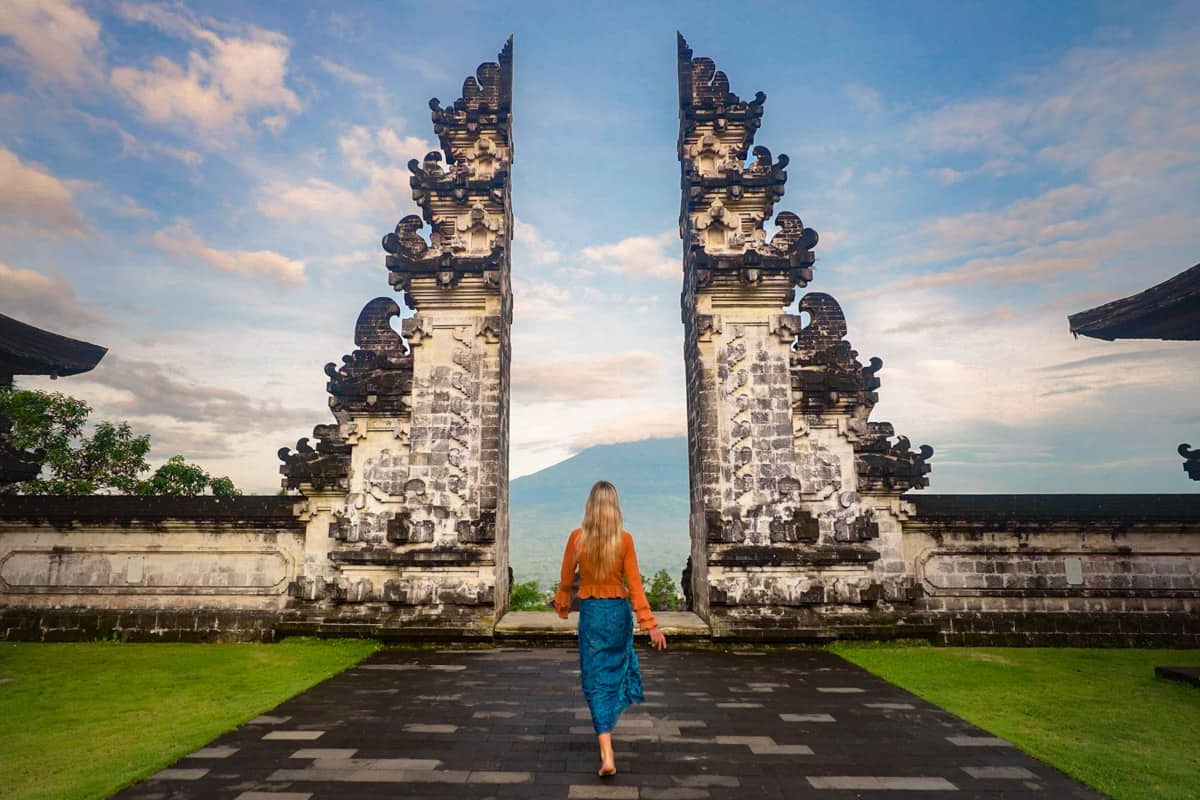
Tourists from around the world flock to Bali during the dry season for its vacation-friendly weather. The island typically receives between 475,000 and 625,000 visitors each month during this period. Hotel prices rise starting in April, peak in August, and gradually decrease until the December holidays. Be prepared for heavy crowds at popular spots, and finding a quiet beach might be challenging.
The influx of tourists also means increased traffic. Indonesian road traffic can be notoriously bad, turning short trips into lengthy journeys. To avoid the worst of it, plan your travels outside of rush hour and consider bringing car games to pass the time.
Despite the crowds and traffic, Bali is a fantastic destination from April through October. With abundant sunshine, gentle breezes, warm azure seawater, and minimal humidity, the dry season offers an array of events and activities, making it worth the splurge if your budget allows.
Best Season to Visit Bali
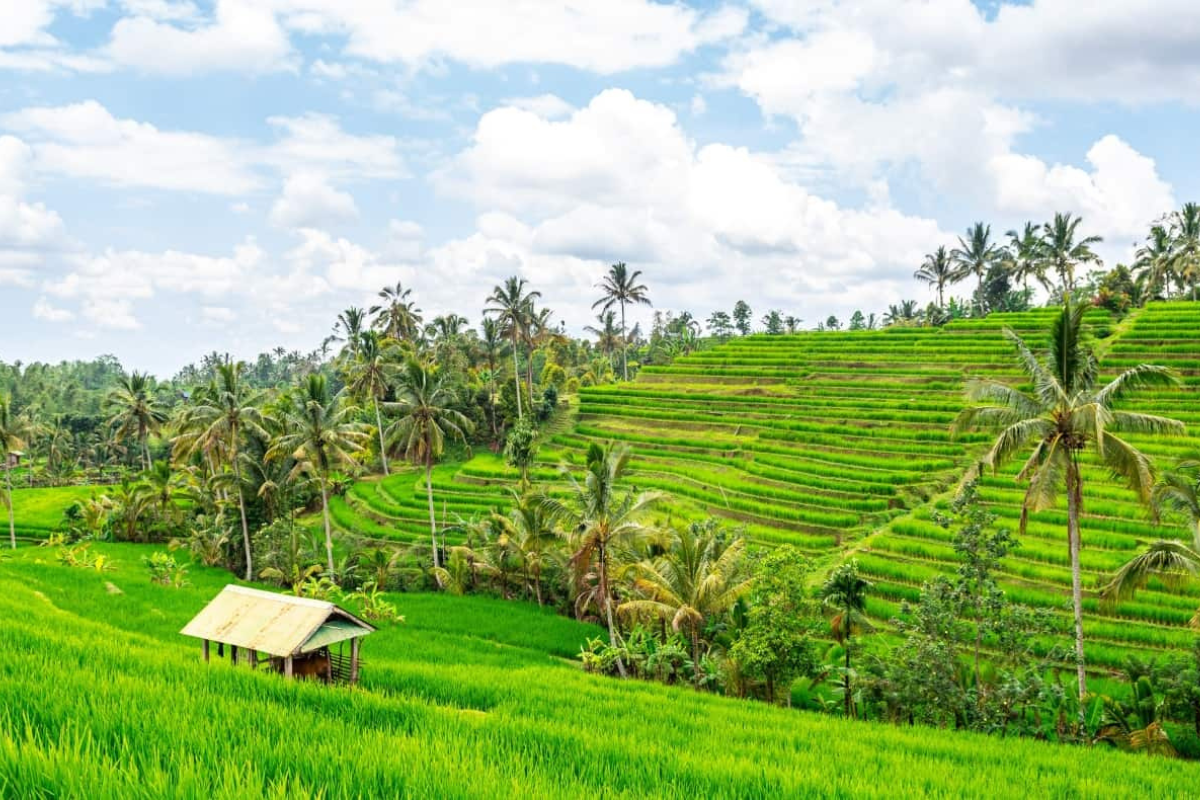
Bali has two distinct seasons: wet and dry. The best season to visit Bali is during the dry season, which offers plenty of sunny days to explore incredible coastal spots like Seminyak Beach, Nusa Dua Beach, and Echo Beach, as well as tropical inland attractions such as Ubud and the beautiful rice paddies in Jatiluwih.
If you want to avoid crowds and stretch your travel budget, consider visiting during the shoulder of the dry season. This typically means traveling in April, May, September, or October, outside of the traditional summer school break. You’ll still enjoy pleasant weather, albeit with a slightly higher chance of rain. The lower cost of accommodations and activities, along with smaller crowds, can make up for the increased likelihood of showers.
Tourists visiting during the peak of the dry season (June-August) will encounter massive crowds at popular attractions. To escape the bustle, venture away from main tourist areas like Kuta, Ubud, Seminyak, and Canggu.
Instead, explore off-the-beaten-path destinations in Bali. North Bali is home to surging waterfalls and lush rice paddies. The beaches in East Bali, particularly around Keramas, are less crowded than those in the south, though they don’t offer great surf during the dry season. The drive to East Bali takes you through picturesque fields and villages. You might also visit Lake Buyan and Lake Tamblingan, twin lakes in the caldera of an ancient volcano.
Another hidden gem is Nusa Lembongan, a small island off Bali’s southeast coast. This mellow destination, known for its seaweed farmers, offers a chilled-out atmosphere, pristine beaches, and epic cliffs with spectacular views. Watch out for school kids zooming down paths on their motorbikes in the afternoon!
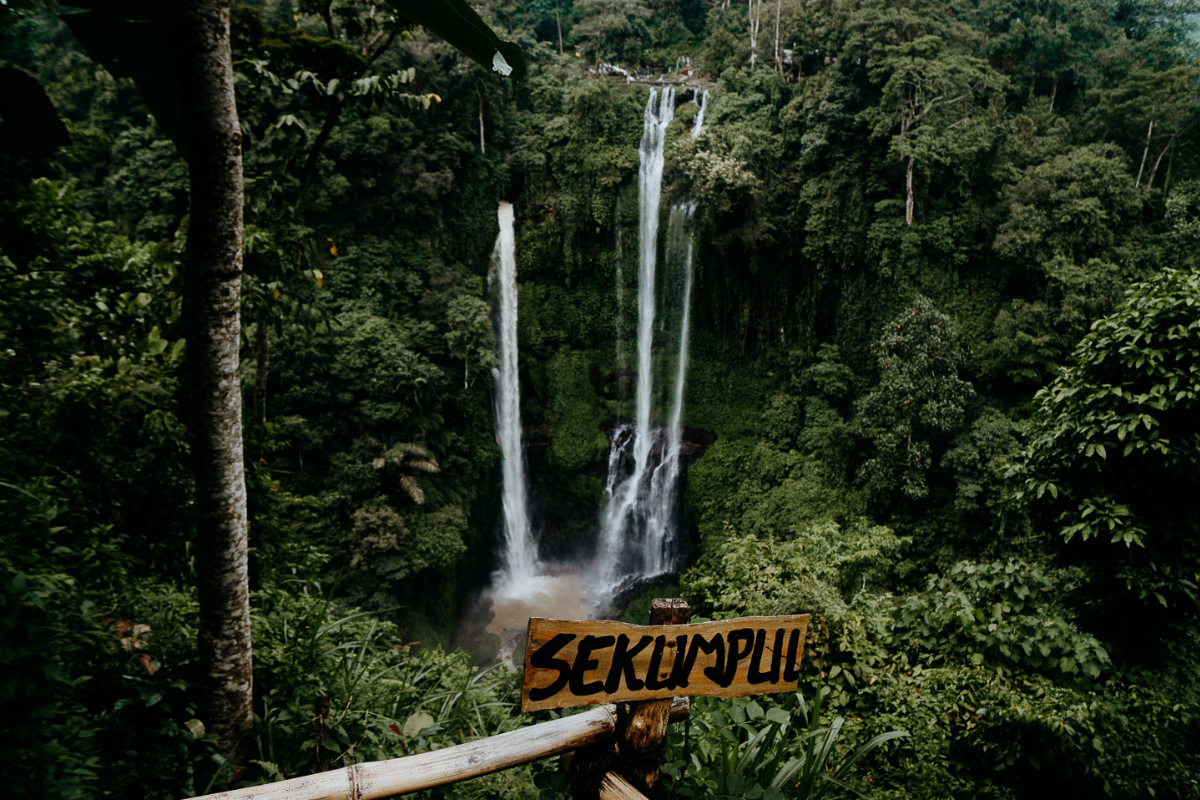
While the dry season is the most popular time to visit Bali, the wet season can also be lovely and more budget-friendly. The average temperature is around 27 degrees Celsius in November, December, and January, rising to 29-30 degrees Celsius in February and March. Bali is wettest between December and February, so expect heat, humidity, and rain during the wet season – the trade-off for bargain prices at hotels and attractions.
Bad weather doesn’t deter all tourists during the wet season, especially in December when nearly half a million visitors come to Bali for holiday celebrations. However, the monsoon season is less crowded, and there are still plenty of activities to enjoy. Consider visiting yoga studios, taking a Balinese cooking class, sightseeing around Ubud, catching a movie in Kuta, or exploring Bali’s temples.
The rainy season isn’t ideal for trekking up Mount Batur or exploring the rice paddies around Ubud, as trails can become slippery and muddy. However, don’t completely write off outdoor activities during the wet season. Rainstorms often last only a few hours, if they come at all. You might get lucky and have enough beach weather to get a tan during Bali’s monsoon season. Play it by ear, and you might be pleasantly surprised by your trip.
Best Month to Visit Bali
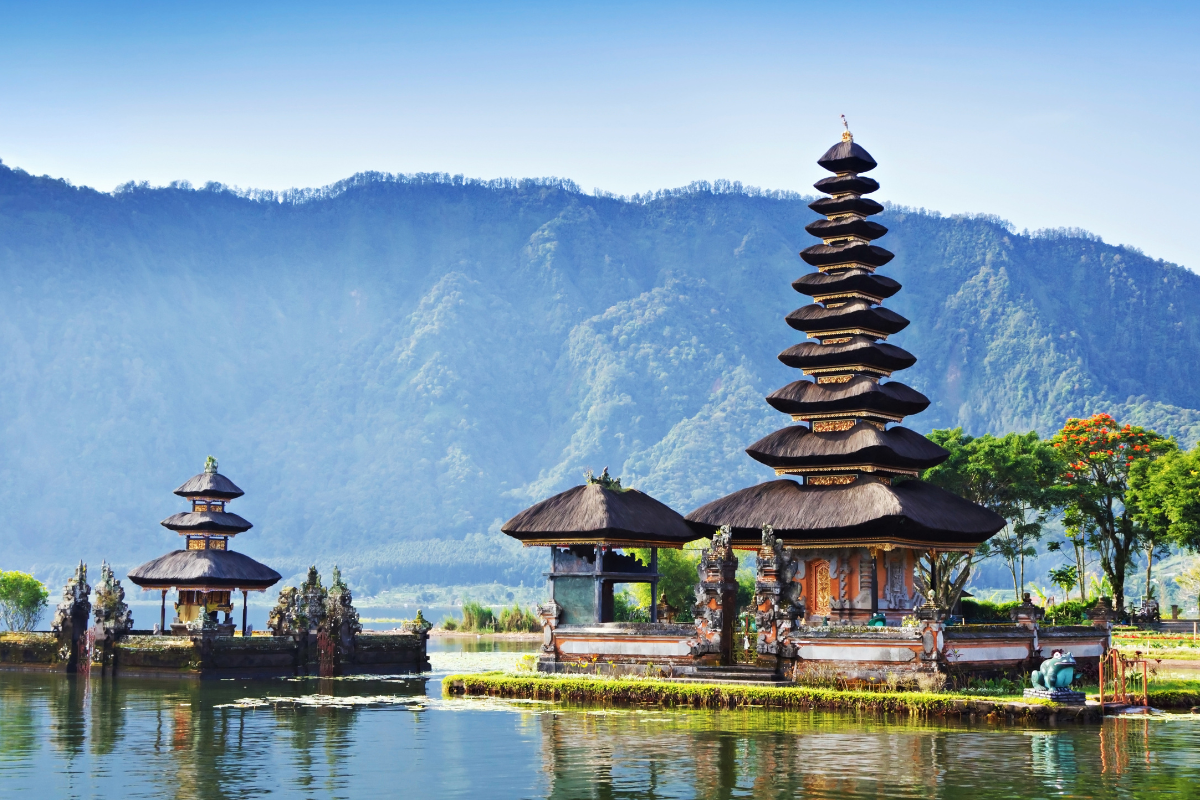
The best month to visit Bali is April, followed by May, September, and October. These months are on the shoulder of the high season. While the island will still be crowded, it won’t be as busy (or as expensive) as the peak tourist season of June, July, and August. The weather is sunny and beautiful, with only the occasional rain shower. Plus, there are plenty of special events.
Spring is festival season in Bali, featuring events like the Bali Spirit Festival, a celebration of yoga, music, and art held in April or May. There’s also the Ubud Food Festival, a multi-day event showcasing the island’s best foods and drinks, traditionally held in May (check local listings for the most up-to-date information).
If you’re looking to take a surf lesson, April and May bring great surf to westward-facing beaches like Canggu, Uluwatu, Kuta, and Bingin. With temperatures climbing as high as 36 degrees Celsius in April, you’ll want to cool off in the refreshing sea.
Keep an eye on the calendar if you’re planning a trip around this time. Nyepi, the Balinese Day of Silence, typically occurs in March or April. For 24 hours, the island shuts down, and everyone is expected to participate. Lights are dimmed, businesses close, TVs and stereos are muted, and transportation (including the airport) ceases – presenting challenges to tourists.
However, Nyepi is a special time in Bali. The days leading up to it are filled with revelry, including firecrackers, burning effigies of evil spirits, and boisterous parades. Take advantage of the big day to truly relax. Sleep in, enjoy quiet meals at your hotel, read a novel, and savor the traffic-free soundscape. After all, this is what vacation is really about.
May, September, and October rival April as the best months to visit Bali. They offer similar warm, sunny weather, and the rate of tourists isn’t as high as during the peak season. There are also many fun events and seasonal activities to enhance your trip.
In May, Bali’s Badung regency hosts the Festival Bahari (or “sea festival”), which aims to draw visitors to the south coast through events like traditional boat races, parades, and waterfront activities.
In the fall, Bali showcases its arts and culture at the Pesona Nusa Dua Fiesta. Expect traditional dance recitals, parades, photography competitions, body painting contests, and live music performances around the luxury beach resort area of Nusa Dua. Look for the festival in October or November.
Another creative event in the fall is the Ubud Writers & Readers Festival, usually held in late October or early November. Literary lovers from around the world flock to Bali for a multi-day celebration of great books and compelling conversations between authors. The event also offers writing workshops, film screenings, and poetry slams.
Tourists visiting Bali in October or November can also witness the Makepung Buffalo Races. Farmers hook their buffalo to traditional wooden plows, then race them on 500-meter-long rice fields in Jembrana, West Bali. Another quirky aspect of this event is the Buffalo fashion shows, where farmers dress their buffalo in cultural ornaments, funky headdresses, and bells, competing for the title of “Best Dressed.” You’ll definitely want to bring your camera.
Rains in early October can indeed make it a wonderful time to visit Bali’s famous rice paddies. The lush weather transforms the terraced landscapes into an emerald-hued paradise in places like Tegalalang, Jatiluwih, and Munduk. Consider booking a guided tour of the rice paddies to learn more about the traditional agricultural techniques behind these stunning natural attractions.
Cheapest Time to Visit Bali
.png-image-kryzafxq.png)
The cheapest time to travel to Bali is during the monsoon season, particularly in January, which sees heavy rainfall. Despite the rain, people still visit, and there are plenty of things to do.
In some years, one of the most important feasts for Hindus in Bali, Galungan, occurs during the monsoon season. Based on the 210-day Balinese calendar, this holiday can sometimes occur twice in the same conventional calendar year. The devout believe that ancestral spirits visit the Earth around Galungan. To prepare, families create beautiful offerings of food and blossoms and bring them to local temples. You’ll also see penjor, curved bamboo poles adorned with fruit and flowers, and mini altars at residential gates, transforming the island into a festive paradise.
Ahead of the event, visit village markets to sample the special holiday cake known as jaja. It’ll sweeten your rainy season visit to Bali.
Heavy rains during the monsoon season might limit some outdoor activities. Fortunately, Bali offers plenty of indoor activities. Consider using the money you saved on hotels and airfare to pamper yourself with a spa treatment at one of the luxurious resorts in Uluwatu, Nusa Dua, or Jimbaran Bay.
You could also find some zen in a yoga class in Ubud or Canggu, or learn the Balinese style of silversmithing in a jewelry workshop in Celuk or Mas. By night, head to the Nusa Dua Theatre or Bali Safari Park to see local dancers bring Bali’s legends and folklore to life.

